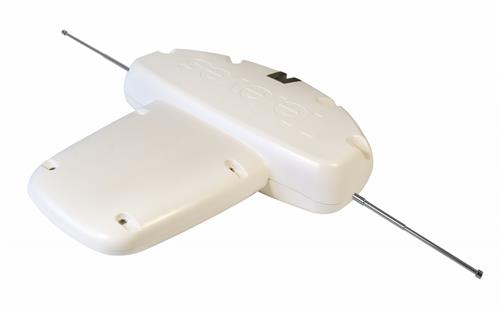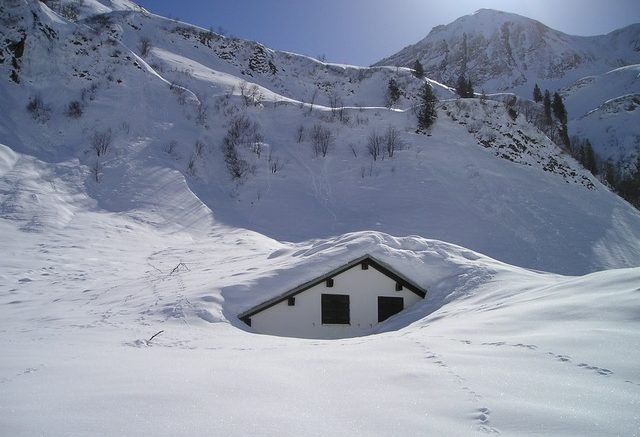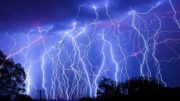It may not seem like it right now, but wintertime is just around the corner. Before you know it, we’ll be looking out our windows at snow and ice. And that means some tough times ahead for our outdoor electronic equipment.
Are antennas affected by snow?
Yes, they are. Although, not to the same extent as satellite equipment. TV broadcast frequencies have an easier time getting through snow and ice, but your signal levels are still going to be cut. There aren’t any companies making heaters for antennas, though, and that could mean a lot of snow and ice buildup.
Yagi-style antennas

The old-school yagi antenna works with or without snow and it’s going to be the best option for really long-range or low-visibility situations. Ice will form on the elements but it’s not going to cause a problem with reception. Eventually the ice will get heavy enough that the antenna will start to bend, and that can be a problem.
Modern antennas

Modern antennas like this one are covered in plastic which doesn’t encourage icicles to form. Snow will sit on the top of them but it’s really not an issue since the reception comes from the front, not from the top. They’re a good choice for areas where there’s heavy snow because they often have powerful amplifiers.
Should you try to get ice and snow off the antenna?
A number of people have shared their strategies for keeping snow off an antenna. Some try to use brooms to sweep it off. This means you’ll have to get close to the antenna and that can mean getting up on the roof. I can’t stress enough how that’s an extremely bad idea.
There’s a school of thought that has you dumping hot water on the antenna to melt the ice, but now you’re up on the roof and you have a pot full of hot water? No thank you.
I’ve also heard people suggest coating the antenna with Rain-X or even cooking spray to encourage the snow to slide off. That’s not a bad idea but I will say that the antennas aren’t designed for it. I don’t know what the long term damage there would be.
The solution have an indoor antenna as a backup
It’s not a bad idea to get an indoor antenna to use as a backup in this sort of situation. If an antenna falls or a cable breaks, you probably don’t want to even consider the idea of getting up on the roof to fix it. It’s better to have a spare antenna in the home that you can hook up. You may not get the best reception, but it’s better than no reception at all.
Get the antenna you really need.
Whether you need a small antenna for indoors or a massive antenna for outdoors, you’ll find the best selection of antennas when you shop at Solid Signal. We carry all the best brands and we’re here with free tech support when you need it. If you need pre-sales advice or support after the sale, call us at 888-233-7563.





